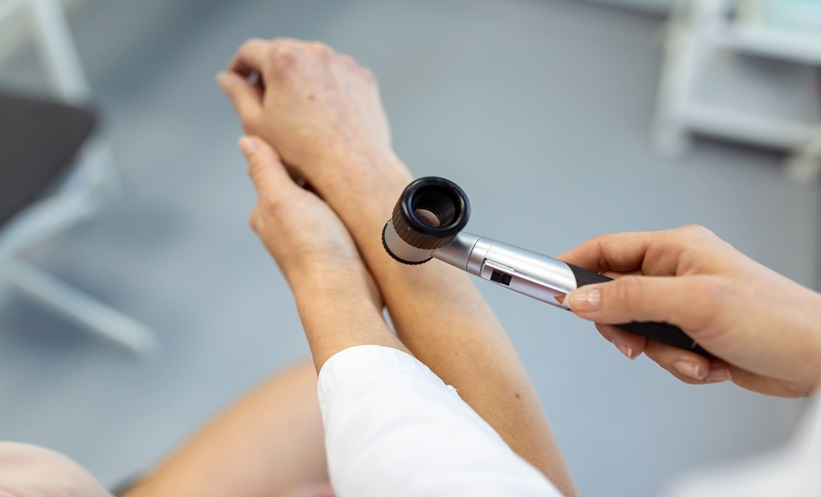A RECENT study has shed light on the diverse skin manifestations of VEXAS syndrome. Researchers found that skin involvement is a common and often early indicator of the disease, affecting 83% of patients.
The study, conducted on 112 patients diagnosed with VEXAS-defining genetic variants in the UBA1 gene, discovered distinct patterns of skin manifestations linked to specific genetic mutations. Patients with the p.Met41Leu variant frequently exhibited Sweet syndrome-like neutrophilic lesions, appearing in 82% of these cases. On the other hand, those with the p.Met41Val variant commonly developed vasculitis lesions, with 55% showing these symptoms accompanied by mixed inflammatory infiltrates.
Notably, the most prevalent skin issues among patients were leukocytoclastic vasculitis, neutrophilic dermatosis, and perivascular dermatitis, which were identified in 36%, 34%, and 30% of cases, respectively. These skin conditions were often the first noticeable signs of the disease, presenting in 61% of patients as their initial symptom.
Treatment responses varied, with oral prednisone showing significant effectiveness, improving skin conditions in 92% of patients treated. However, the use of anakinra, an anti-inflammatory drug, led to severe injection-site reactions in 75% of patients, with some developing ulcerations and abscesses.
Given the strong association between specific genetic mutations and particular skin conditions, the study emphasises the importance of considering genetic testing for VEXAS in older male patients presenting with unusual skin symptoms such as vasculitis or neutrophilic dermatoses. Early recognition and diagnosis of VEXAS by dermatologists and other healthcare providers could lead to more timely and targeted interventions for this condition.
Aleksandra Zurowska, EMJ
Reference
Tan IJ et al. Skin Manifestations of VEXAS Syndrome and Associated Genotypes. JAMA Dermatol. 2024;160(8):822-9.








